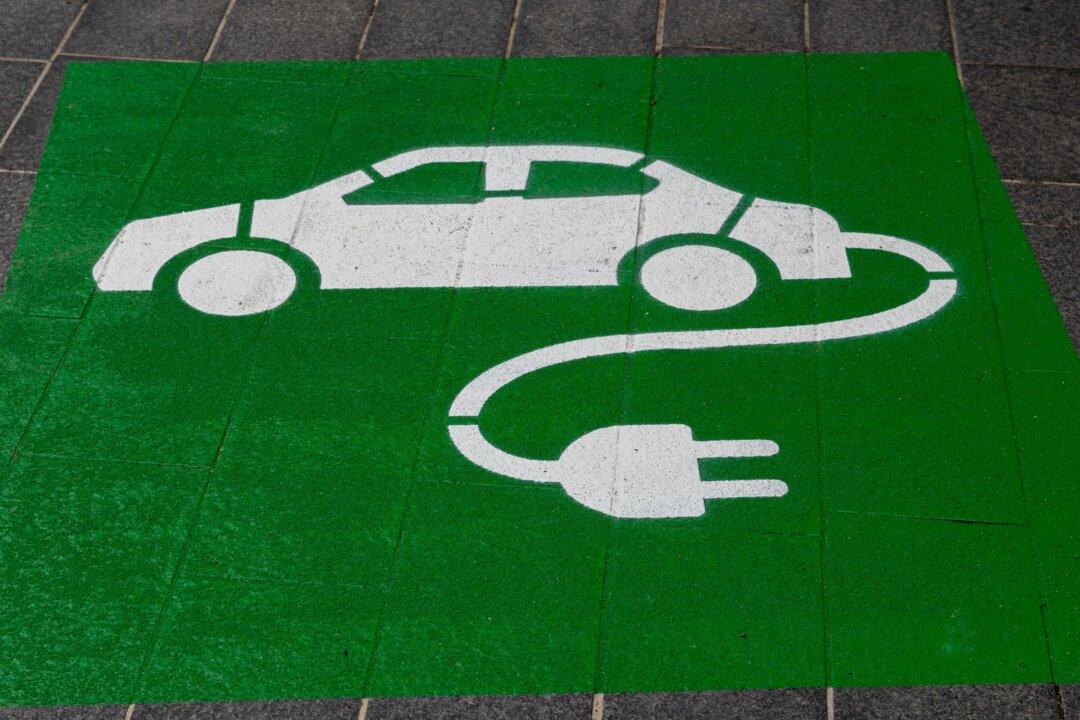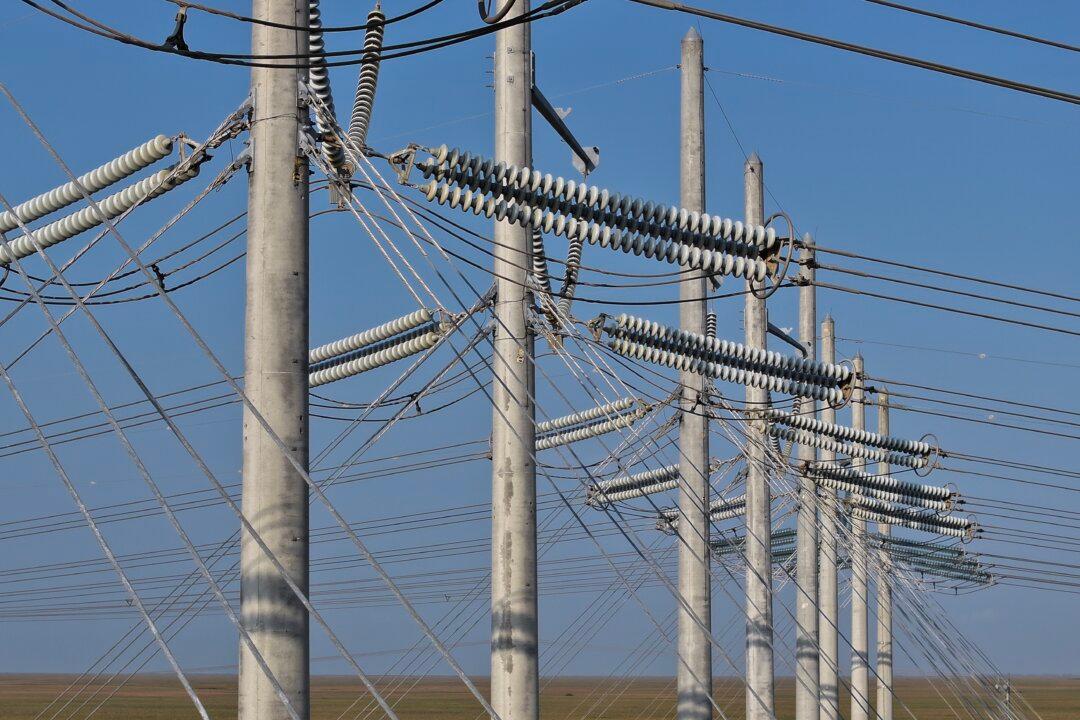Commentary
Data are always handy for measuring where things are and will be, and the federal government’s energy statistics are painting an ugly picture of the present and future when it comes to the loud push to electrify all of our useful, well-functioning appliances.
The sad part is that the policies behind those misguided efforts are already costing Americans and forcing those in poverty or on fixed incomes to make choices between heating their homes or having enough food in the coming winter. That unacceptable situation comes in a winter fraught with the increasingly real risk of blackouts in the dead of the 2023–24 winter for
50 percent of the country.
The annual
Consumer Energy Alliance (CEA) winter energy costs analysis finds that Americans would have
paid $137.4 billion more for their home heating and energy bills this winter if plans to mandate the exclusive use of electricity for heating, cooling, and cooking had been in place. Thankfully, those efforts have so far failed at the federal level, and families that have energy options, including the use of natural gas, will benefit by saving an estimated 21 percent this winter.
The $137.4 billion figure comes from residential energy cost data that the Department of Energy (DOE) is legally required to update every year, and slipped out the back door with a
Federal Register item in August.
This DOE report shows a stunning 32 percent average price increase, ranging from 16 percent to 55 percent,
since 2021 for electricity, natural gas, heating oil, propane, and kerosene. This is certainly nothing to brag about, and politically risky. If there’s a better example of how the current administration’s existing and proposed energy policies are costing Americans—taxpayers and voters alike—I can’t think of it.
The threat isn’t over, as the movement persists to cut carbon emissions by mandating the use of electricity, and thus restricting energy choices such as natural gas, for cooking or heating homes and buildings. Activist-driven campaigns are attempting to push states and cities to ban natural gas via legislation or building codes. This approach is already demonstrably failing in California and soon to come to New York and any state that chooses to ignore the crystal-clear evidence shown by the wreckage of Europe, where similar plans fell victim to the realities of energy markets.
Forget that electrification would mean
replacing more than 200 million home appliances that use natural gas, including furnaces, stoves, water heaters, and dryers. And consider the cost to homeowners and building operators of switching to all-electric, which requires costly upgrades to electric panels, ductwork, and appliances.
The CEA has examined the cost to switch a household to all-electric major appliances for water heating, drying clothes, and cooking from natural gas in many states including
Virginia,
Illinois,
New York,
New Jersey,
Maryland, and
Pennsylvania. The average savings drain ranges from $25,000 to nearly $29,000 by our conservative estimates. That doesn’t factor in the acute
shortage of electricians.
Nor does it include the long-term cost increase caused by reducing our electricity choices, which the $137.4 billion figure shows in technicolor. We can’t invest untold billions in new energy systems while eliminating functional ones and expect energy bills to go anywhere but up for families and businesses.
Sorry, folks—decrease the supply, prices go up. It’s a law that’s impossible to break.
The silver lining in this year’s CEA winter energy costs analysis is that families with access to natural gas will save 21 percent in home heating and energy bills this winter versus last because they a) had access to it, and b) the domestic natural gas market stayed affordable despite record
liquefied natural gas exports. The latter situation stands out in contrast to bleating from the usual suspects that exports will cost Americans.
Again, adequate supply means affordable prices.
However, some federal policymakers, elected leaders, and anti-business activists have succeeded in limiting traditional energy development on federal lands and waters including the Gulf of Mexico, blocking critical energy infrastructure such as pipelines, and weaponizing expansive regulatory authority to otherwise kneecap the energy industry.
For some, facts just aren’t in fashion anymore.
Unfortunately, this wrong-headed crusade will persist. What’s especially troublesome is that with the continued turmoil in Ukraine and the new conflict in the Gaza Strip, the risks of limiting our energy choices wastefully put us back in a position of weakened energy security and exposure to global energy price spikes.
The remedy is simple: an inclusive set of energy policies that balances the need for dependable, affordable, abundant, and environmentally sound energy. Concerned Americans must urge their elected leaders and policymakers to put those priorities first, balancing all of them together to develop commonsense policies.
The other road leads to chipping away at our economy, perpetually higher energy bills, and more Americans having to choose to heat or eat.
Views expressed in this article are opinions of the author and do not necessarily reflect the views of The Epoch Times.





